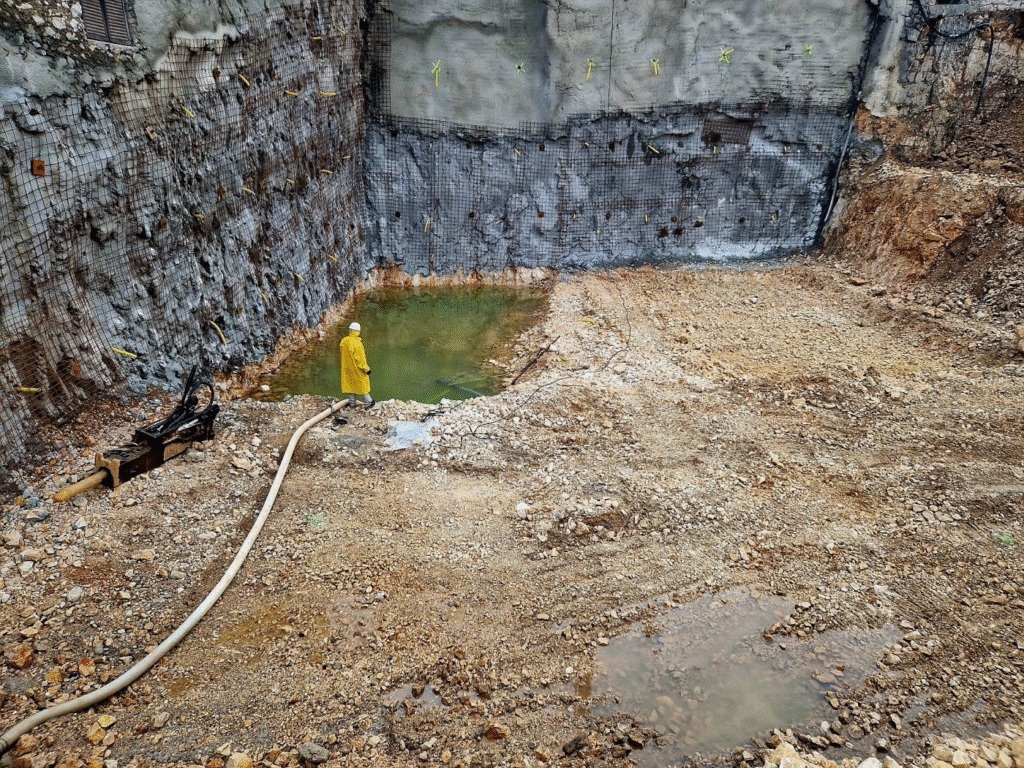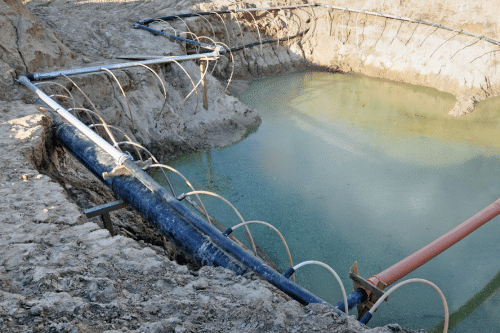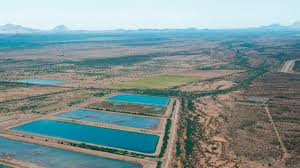Now Reading: Why Groundwater Cycle Years Matter More Than You Think 2025
-
01
Why Groundwater Cycle Years Matter More Than You Think 2025
Why Groundwater Cycle Years Matter More Than You Think 2025

Table of Contents
When we think about water, we often imagine rivers, lakes, and rainfall. But beneath the surface of the Earth lies a hidden world an underground reservoir known as groundwater. This invisible resource sustains billions of people, ecosystems, and agriculture across the globe. Yet, one of the most misunderstood aspects of this system is the groundwater cycle years the time it takes for water to move through and replenish these underground aquifers.
Understanding groundwater cycle years is key to solving many of today’s water scarcity and sustainability challenges. From how long it takes rainwater to reach aquifers to the effects of over-pumping, this natural clock has wide-reaching implications.
What Is the Groundwater Cycle?

The groundwater cycle is part of the larger hydrologic cycle, or water cycle, which describes how water moves through the Earth’s systems. It starts when precipitation (rain, snow, or hail) seeps into the soil and slowly makes its way through layers of rock and sediment, eventually reaching underground water reservoirs, also known as aquifers.
Once in the aquifer, the water may stay for years, decades, or even thousands of years before being pumped out or returning to the surface through springs or seepage into rivers. This duration is referred to as the groundwater residence time or groundwater cycle years.
Why Are Groundwater Cycle Years Important?
Groundwater cycle years determine how quickly an aquifer can recharge. If a well draws from water that’s 50 years old, it means that the rain that fell half a century ago is only now arriving at that point in the system. In deeper aquifers, the water can be thousands of years old what scientists call “fossil water.” This makes managing groundwater difficult because once it’s used, it may not be replenished in our lifetimes.
Key reasons why groundwater cycle years matter:
- Water sustainability: Areas that rely heavily on groundwater must understand how fast aquifers refill.
- Agricultural planning: Crops depending on irrigation from groundwater may suffer in areas with slow recharge rates.
- Drought resilience: Long cycle times mean groundwater can’t quickly replenish during droughts.
- Pollution impact: Pollutants can remain in aquifers for decades due to slow movement of water.
How Long Is a Groundwater Cycle Year?
The answer depends on several factors, such as:
- Depth of the aquifer: Shallow groundwater may be replenished within 1–10 years, while deep aquifers may take 100–10,000 years.
- Type of soil and rock: Porous materials like sand allow water to move quickly, while dense clay slows it down.
- Climate conditions: Wet regions have faster recharge due to frequent rainfall. In arid regions, it may take centuries.
According to scientists, average groundwater cycle times can range from 10 to over 10,000 years, depending on these environmental conditions.
Real-World Examples
- India’s Groundwater Crisis: India is the world’s largest user of groundwater. In regions like Punjab and Haryana, water tables are dropping rapidly. The water being extracted often took hundreds of years to collect, making current usage unsustainable.
- The Ogallala Aquifer in the USA: Stretching across eight states, this aquifer supports much of the country’s agriculture. But studies show that parts of it are recharged so slowly that current use vastly exceeds replenishment, especially in Texas and Kansas.
- Australia’s Great Artesian Basin: One of the largest underground water sources globally, it contains water that is up to 2 million years old. Because of its extreme cycle years, over-extraction here can have long-term consequences.
Tracking Groundwater Ages
Modern science uses advanced methods like isotope dating to estimate the age of groundwater. Elements like tritium, carbon-14, and chlorine-36 help researchers determine when water entered an aquifer.
This data helps in:
- Developing water management policies
- Predicting the impact of droughts
- Identifying which aquifers are at risk of depletion
The Danger of Over-Extraction
When people pump groundwater faster than it recharges, the consequences are severe:
- Land subsidence: Removing underground water causes the ground to sink. Cities like Jakarta and Mexico City are sinking partly because of this.
- Drying up of wells: Farmers and households lose access to water as aquifers drop.
- Ecosystem damage: Wetlands, rivers, and lakes that rely on groundwater can dry out.
Understanding groundwater cycle years helps governments and communities avoid these issues and make smarter water choices.
What Can Be Done?

To ensure groundwater sustainability, experts recommend:
- Artificial recharge projects: Techniques like rainwater harvesting and recharge wells help replenish aquifers.
- Regulated pumping: Setting limits on how much water can be drawn in sensitive areas.
- Water-efficient agriculture: Switching to drip irrigation and drought-resistant crops can reduce groundwater demand.
- Public awareness: Educating communities about the hidden timelines of groundwater can encourage conservation.
Conclusion
Groundwater is one of the Earth’s most precious natural resources, yet its movements remain largely invisible. The concept of groundwater cycle years gives us a powerful tool to understand how water behaves underground, how long it stays there, and how carefully we need to manage it. As climate change intensifies and global water demand increases, respecting the timeline of nature’s hidden water clock has never been more crucial.
Read More:- Deyaar’s Latest Announcement Shakes Up the UAE Property Market






















